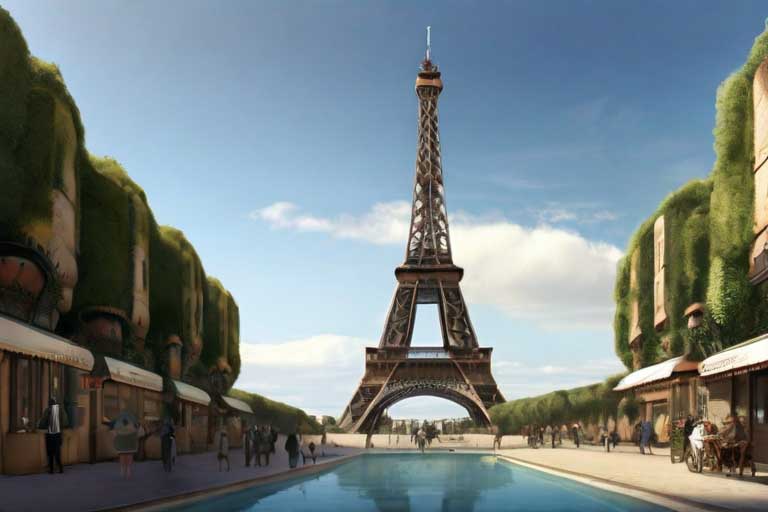

 Unveiling the Legacy of Gustave Eiffel: Beyond the Tower
Unveiling the Legacy of Gustave Eiffel: Beyond the Tower
Paris, famously dubbed the City of Light, boasts an array of iconic landmarks, but none captures the imagination quite like the Eiffel Tower. This wrought-iron masterpiece, conceived by the visionary Gustave Eiffel, stands as a testament to human ingenuity and architectural brilliance. As it continues to mesmerize millions of visitors annually, let us delve into the story behind its creation and its enduring allure.
A Triumph of Innovation
The genesis of the Eiffel Tower lies in the planning for the International Exposition of 1889, a grand celebration marking the centenary of the French Revolution. Amidst a flurry of proposals, Gustave Eiffel’s audacious design emerged victorious, albeit amidst skepticism and aesthetic objections. His vision, a towering lattice structure reaching a staggering 300 meters in height, challenged conventional architectural norms of the time.
The Tower Takes Shape
Construction commenced in 1887, with Eiffel’s innovative engineering techniques revolutionizing the building process. Despite initial doubts, the tower rose swiftly, a testament to Eiffel’s mastery of metal arch and truss forms. The completed structure, unveiled to the public on May 15, 1889, not only served as the exposition’s entrance but also heralded a new era in civil engineering and design.
Architectural Marvels
The Eiffel Tower’s distinctive silhouette, characterized by its lattice-girder piers and intricate network of girders, stands as a testament to both form and function. While the four semicircular arches at its base serve a purely aesthetic purpose, the tower’s elevators, designed by the Otis Elevator Company, represent an engineering marvel of their own.
Adaptation and Evolution
Following the exposition, Eiffel recognized the need to adapt the tower for alternative purposes to ensure its longevity. Over the years, it has housed a meteorological station, military telegraph station, and even a laboratory for aerodynamics research. Subsequent modifications, including additions for television transmission, have ensured its relevance in an ever-changing world.
A Global Icon
Today, the Eiffel Tower stands not only as a symbol of Paris but as a global icon of architectural prowess and artistic vision. Welcoming over seven million visitors annually, it offers a plethora of attractions, including museums, restaurants, and observation decks boasting panoramic views of the City of Light.
Looking Ahead
As the Eiffel Tower continues to enchant and inspire generations, its legacy remains firmly entrenched in the annals of history. With each passing year, it serves as a reminder of the limitless possibilities of human creativity and the enduring allure of timeless design. As we gaze upon its towering silhouette, we are reminded that true brilliance knows no bounds.